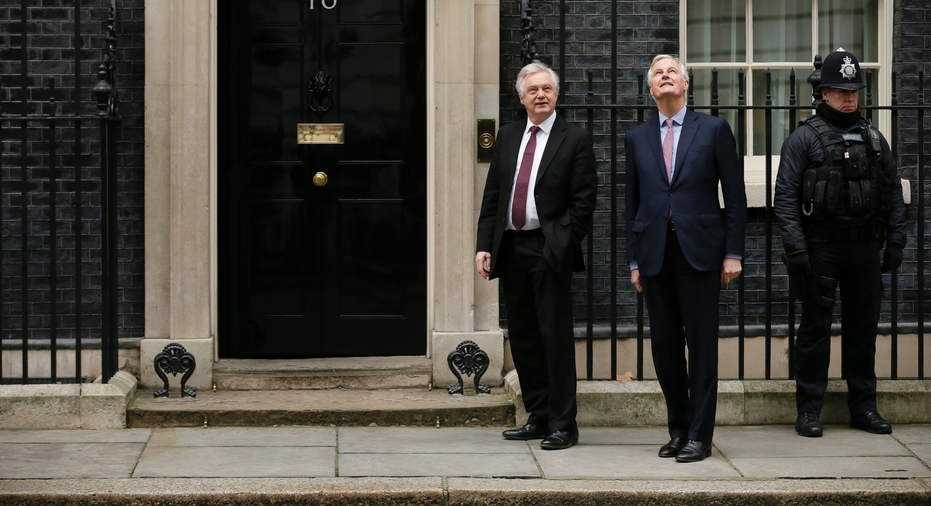AP Explains: The EU single market and the customs union

The British government is divided over whether to stay in a customs union with the rest of the European Union after Brexit, with the prime minister backing a plan to leave.
The customs union is different from the single market, which is one of the key features keeping trade free within the EU.
Here's a look at the two concepts and how they differ.
___
SINGLE MARKET
This is one of the pillars of the EU and guarantees freedom of movement for goods and services between all 28 EU countries. That means no tariffs or barriers to trade.
Some non-EU countries, like Norway, Iceland, and Liechtenstein, are also part of the single market, but have to agree to the EU's other rules — like the freedom for EU citizens to cross their border. Also, they have to pay into the EU budget and abide by rulings by the European Court of Justice.
___
CUSTOMS UNION
The customs union is a somewhat looser trade arrangement under which many, but not all, exports face no charge when sold in the EU. Turkey is an example of a non-EU state that is part of a customs union with the bloc.
However, being part of the customs union affects how members trade with countries outside it. Industrial goods coming in from countries outside the customs union are charged a tariff. The charge on cars, for example, is 10 percent.
Being part of the customs union also constrains members' ability to strike trade deals with other countries. That is because the EU executive negotiates trade deals on behalf of members of the customs union. That is one point that British Conservative politicians are divided over, with some preferring the liberty to negotiate new deals with countries around the world.